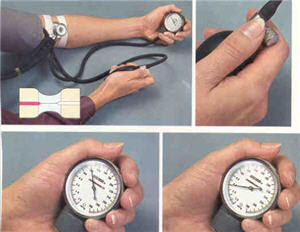Impaired Gas Exchange Nursing Diagnosis - Pulmonary Tuberculosis
Impaired Gas Exchange Nursing Diagnosis - Pulmonary Tuberculosis Nursing Diagnosis: Impaired Gas Exchange related to alveolar-capillary membrane damage. Objective: effective gas exchange. Expected outcomes: Demonstrated effective respiratory frequency. Improved gas exchange in the lung. Adaptive address causative factors. Plan of action: 1. Provide a comfortable position, usually with the head of the bed elevated. Return to the affected side. Encourage clients to sit as much as possible. R / Increase maximal inspiration, enhance ekpsnsi lung and ventilation on the side that does not hurt. 2. Observation of respiratory function, record the frequency of breathing, dyspnea or changes in vital signs. R / Respiratory Distress and changes in vital signs may occur as a result of physiological stress and pain can indicate the occurrence syock or in connection with hypoxia. 3. Explain to the client that it was carried out to ensure safety. R / knowledge of what is expected to reduce anxiety and...



